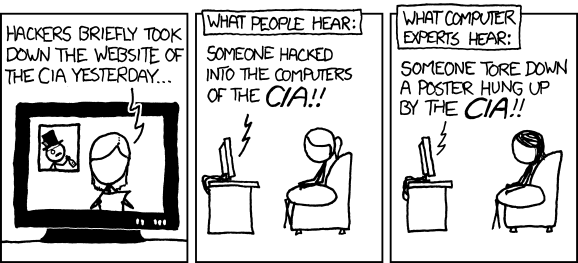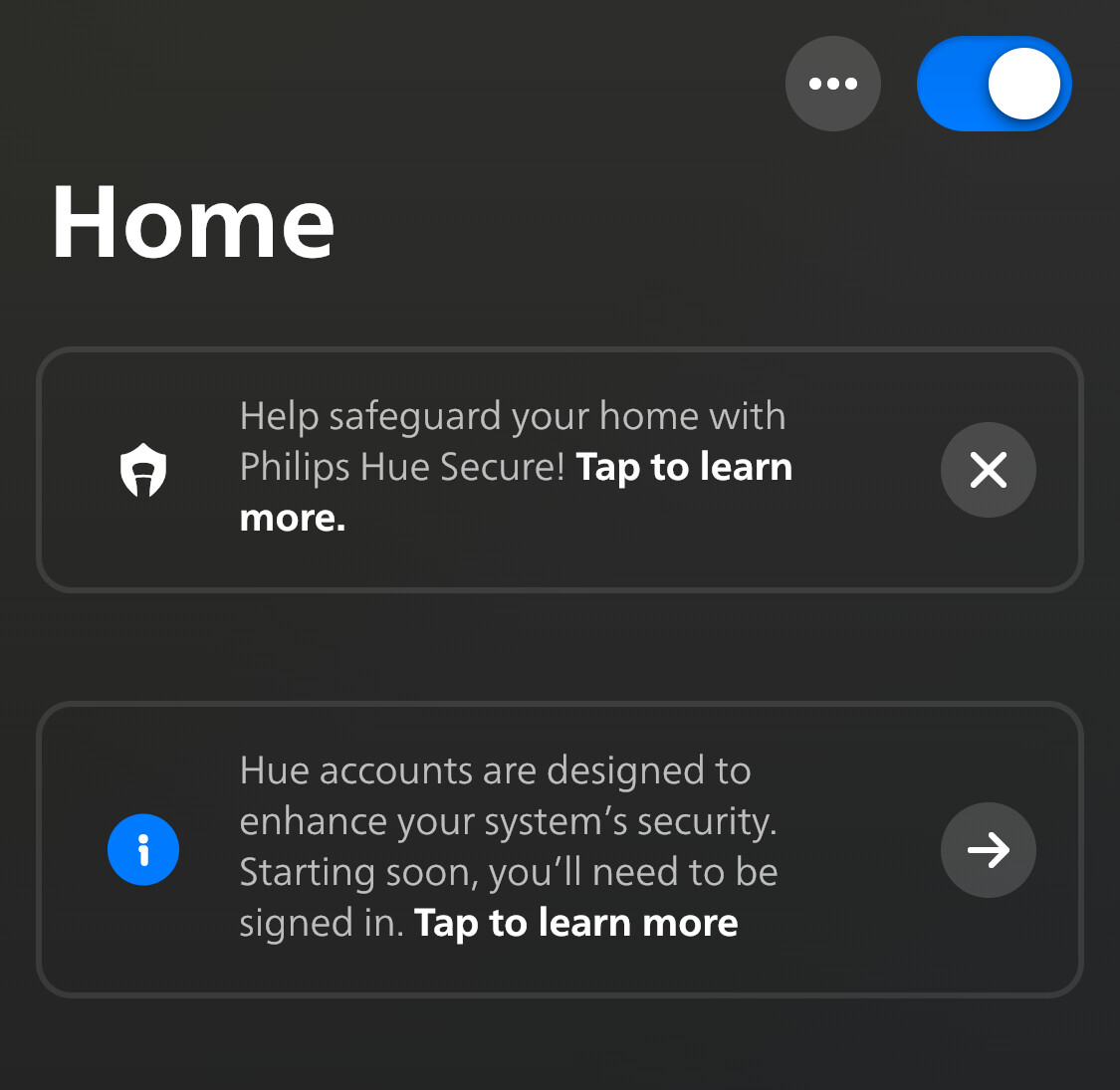

Do they really care enough to check your info manually if you don’t use your domain name for malicious purposes?
Depends on TLD how strict the checks are, but generally you’re at least violating TOS by doing it and can lose your domain should someone actually check the info. A lot of registrars provide at least whois-security, so they’ll know your real details but won’t share them openly to anyone who asks. I assume if you get into something illegal and court orders to release the data then they’ll happily comply instead of hurting their own business.
But if you just want to keep your real name and address out of the internet, that would be enough at least for me.







Except that traditional Google search is often filled with AI-generated sites without any value. I use DDG and if that fails it’s simple to use their ‘bangs’ to try other engines.